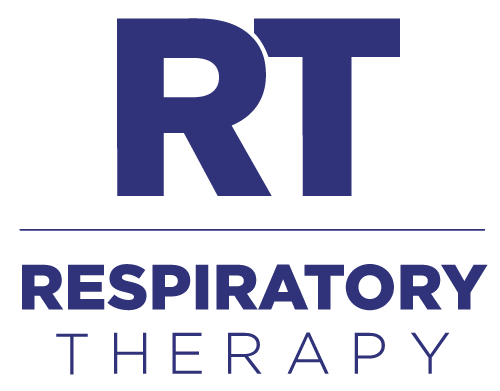Results of a recent study confirm previous findings that obesity-driven testing strategies identify commercial truck drivers with a high likelihood of obstructive sleep apnea (OSA) and suggest that mandating OSA screenings could reduce the risk of truck crashes. Additionally, the majority of truck drivers diagnosed with OSA during the study did not follow through on treatment recommendations.
Lead author Philip Parks, MD, MPH, medical director of employee health and occupational services for Lifespan, worked with researchers at the Cambridge Health Alliance to conduct the study. During the 15-month study, 456 commercial drivers were examined from over 50 different employers. Of those included in the study, 17% met the screening criteria for suspect OSA. These drivers were older, more obese, and had a higher average blood pressure. Of the 53 drivers who were referred for sleep studies, 33 did not comply with the referral and were lost to follow up. The remaining 20 were all confirmed to have OSA, but after diagnosis, only one of these 20 drivers with confirmed OSA complied with treatment recommendations.
"Although it is not surprising, it is concerning that we found that drivers with sleep apnea frequently minimize or underreport symptoms such as snoring and daytime sleepiness. In our study, the majority of truck drivers did not follow through on physician recommendations for sleep studies and sleep apnea treatment," says Parks. "As a result, it is possible that many of the 14 million truck drivers on American road have undiagnosed or untreated sleep apnea."
Senior author Stefanos N. Kales, MD, MPH, medical director of employee and industrial medicine at Cambridge Health Alliance, expressed concern for the lack of follow up:
"It is very likely that most of the drivers who did not comply with sleep studies or sleep apnea treatment sought medical certification from examiners who do not screen for sleep apnea and are driving with untreated or inadequately treated sleep apnea," says
The study appears in the March 2009 edition of the Journal of Occupational and Environmental Medicine.








